Shellac (Coccus Lacca) – Resin from India
Desde € 5,95 Incl. VAT
Botanical name:Coccus Lacca
Common name: Shellac
Form: Resin
Country: India
Beschreibung
More about Shellac (Coccus Lacca)
Shellac is a resinous substance excreted by the females of the lac insect, Laccifer (Tachardia) lacca (formerly Coccus lacca). The crude resin, also called sticklac, undergoes several processing steps to extract useful components. Lac is used in the manufacture of varnishes (shellac), sealing wax (lac wax) and red colorants (lac dye). Origin: India.
Shellac description
The general name for a resinous substance excreted by the females of the lac insect, Laccifer (Tachardia) lacca (formerly Coccus lacca). The insects primarily deposit lac on the twigs and soft new branches of several varieties of Soapberry (Sapindus marginatus) and Acacia trees, such as the sacred fig Ficus religiosa, found in India, Thailand, Myanmar (Burma), and elsewhere in southeast Asia. Lac was used as early as about 1200 BC in India. Shellac and lac dye were imported to Europe in the 17th century. The crude resin, also called sticklac, undergoes several processing steps to extract useful components. Lac is used in the manufacture of varnishes (shellac), sealing wax (lac wax) and red colorants (lac dye).
Family: Kerriidae (Lac Insect family)
Other names: Sticklac
Contents
The chief constituents of lac are about 6 percent of wax, about 6.5 percent of a pigment named laccin or laccaic acid, 70 to 85 percent of resinous matter, 65 percent of which is insoluble in ether, and 35 percent soluble in ether containing alcohol. The part insoluble in ether is probably a resinotannol ester of aleuritic acid, while the ether-soluble portion includes a yellow colouring matter called erythrolacci.
Shellac is a resinous substance excreted by the females of the lac insect, Laccifer (Tachardia) lacca (formerly Coccus lacca). The crude resin, also called sticklac, undergoes several processing steps to extract useful components. Lac is used in the manufacture of varnishes, sealing wax (lac wax) and red colorants (lac dye). Origin: India.
Reviews (0)
Only logged in customers who have purchased this product may leave a review.
Legality
Disclaimer
Related products
Herbs (Plants)
Herbs (Plants)
Herbs (Plants)

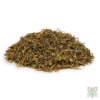

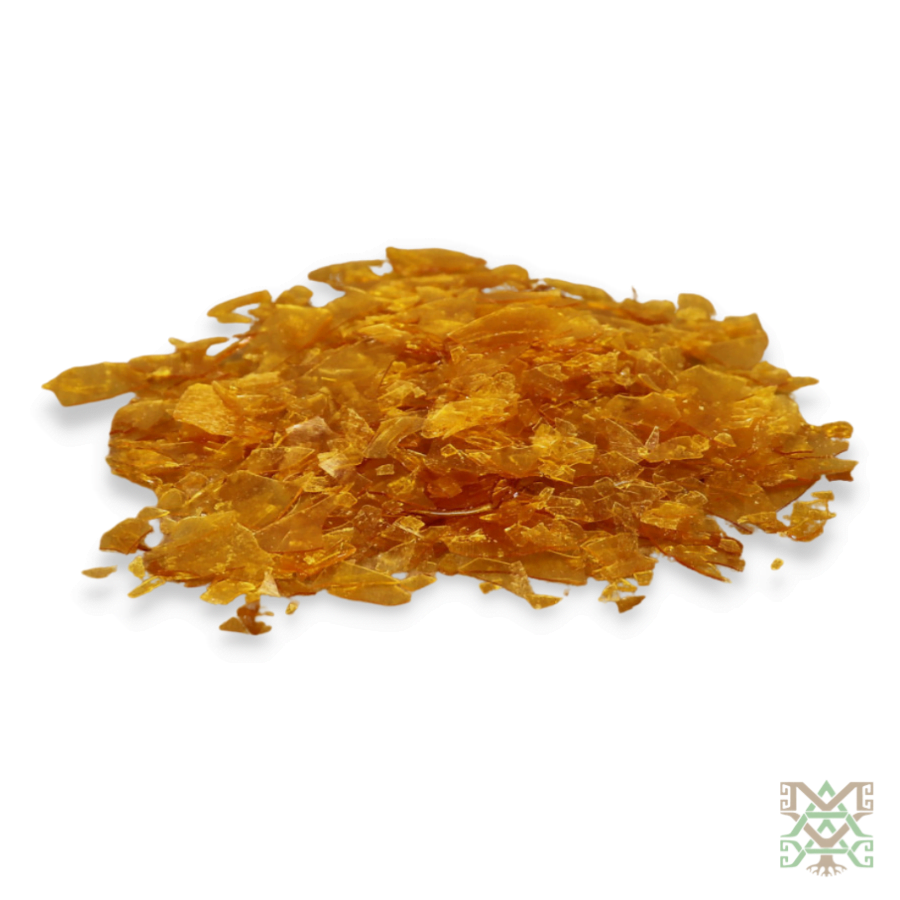
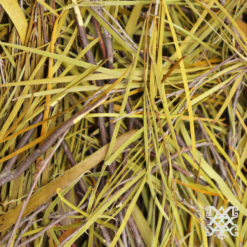
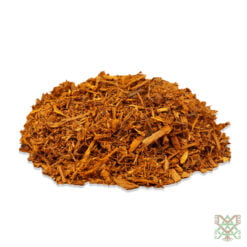
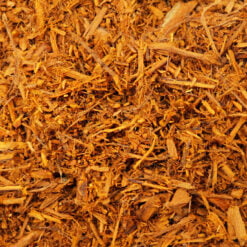
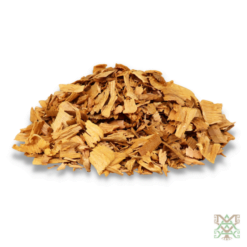
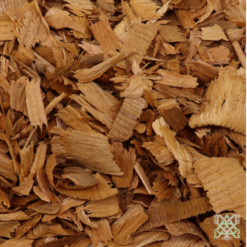
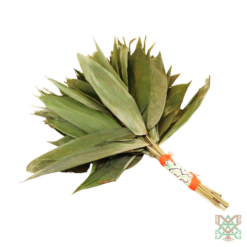
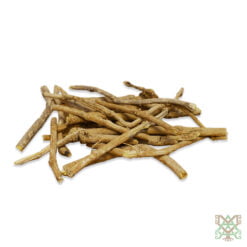
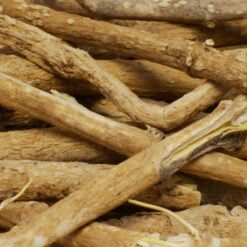
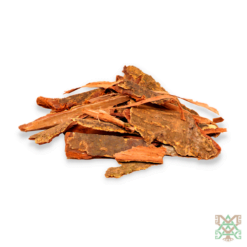

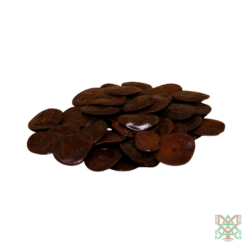
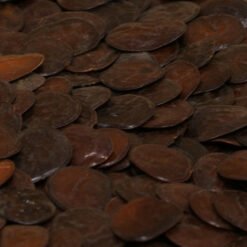
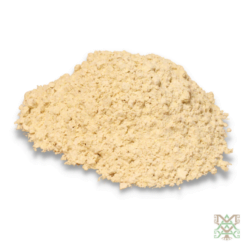
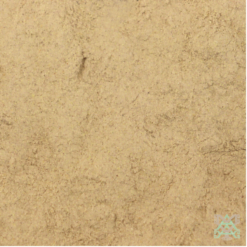
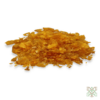
Reviews
There are no reviews yet.